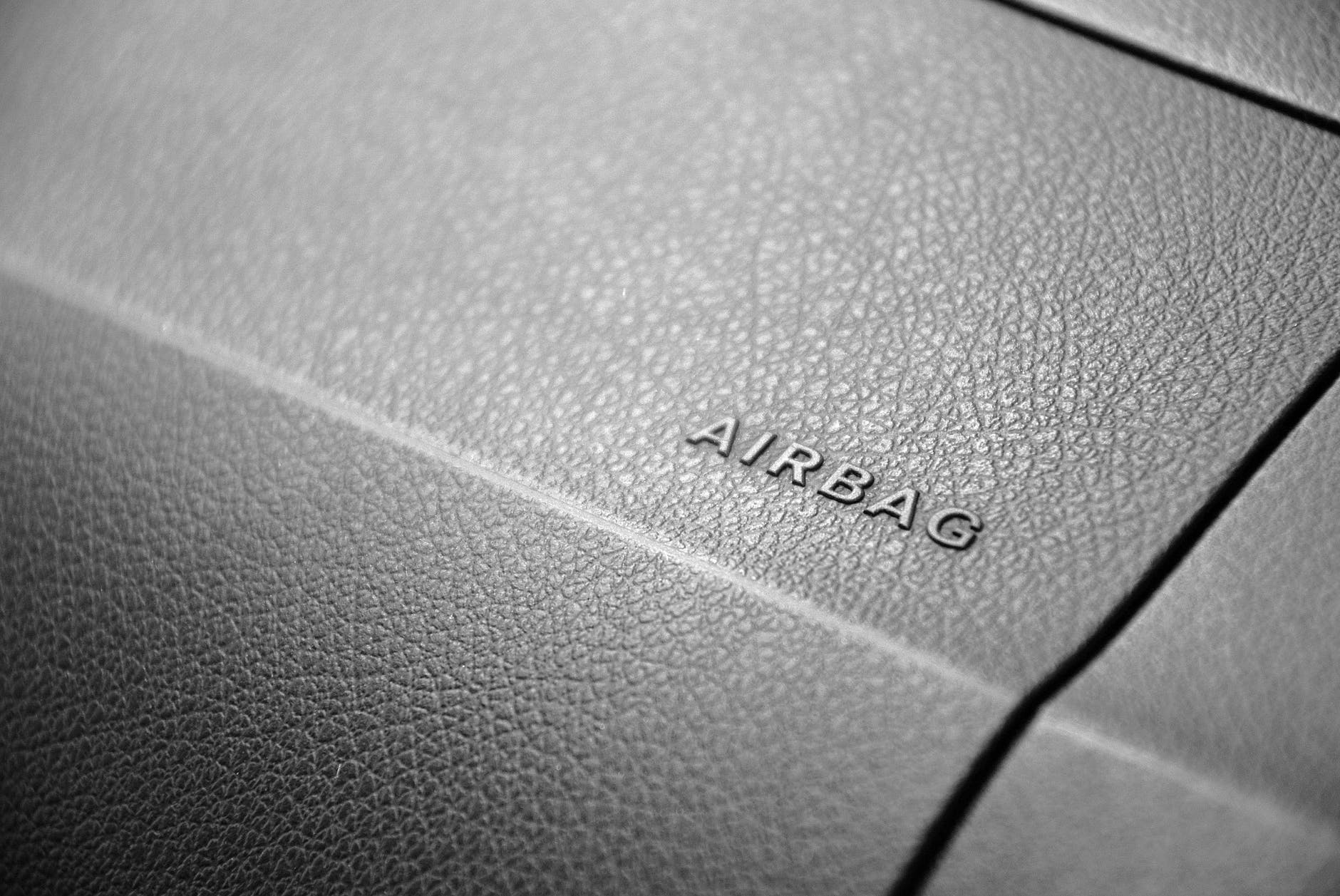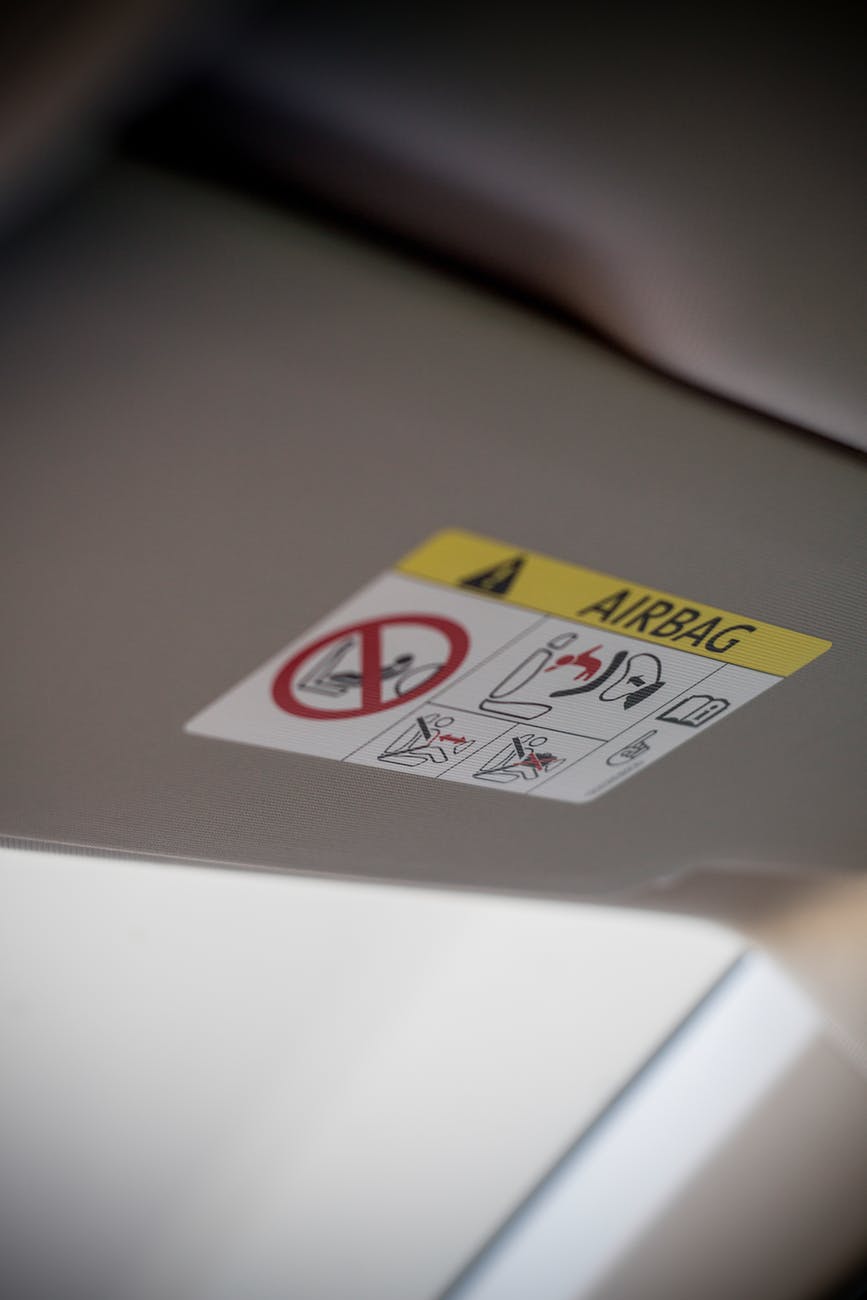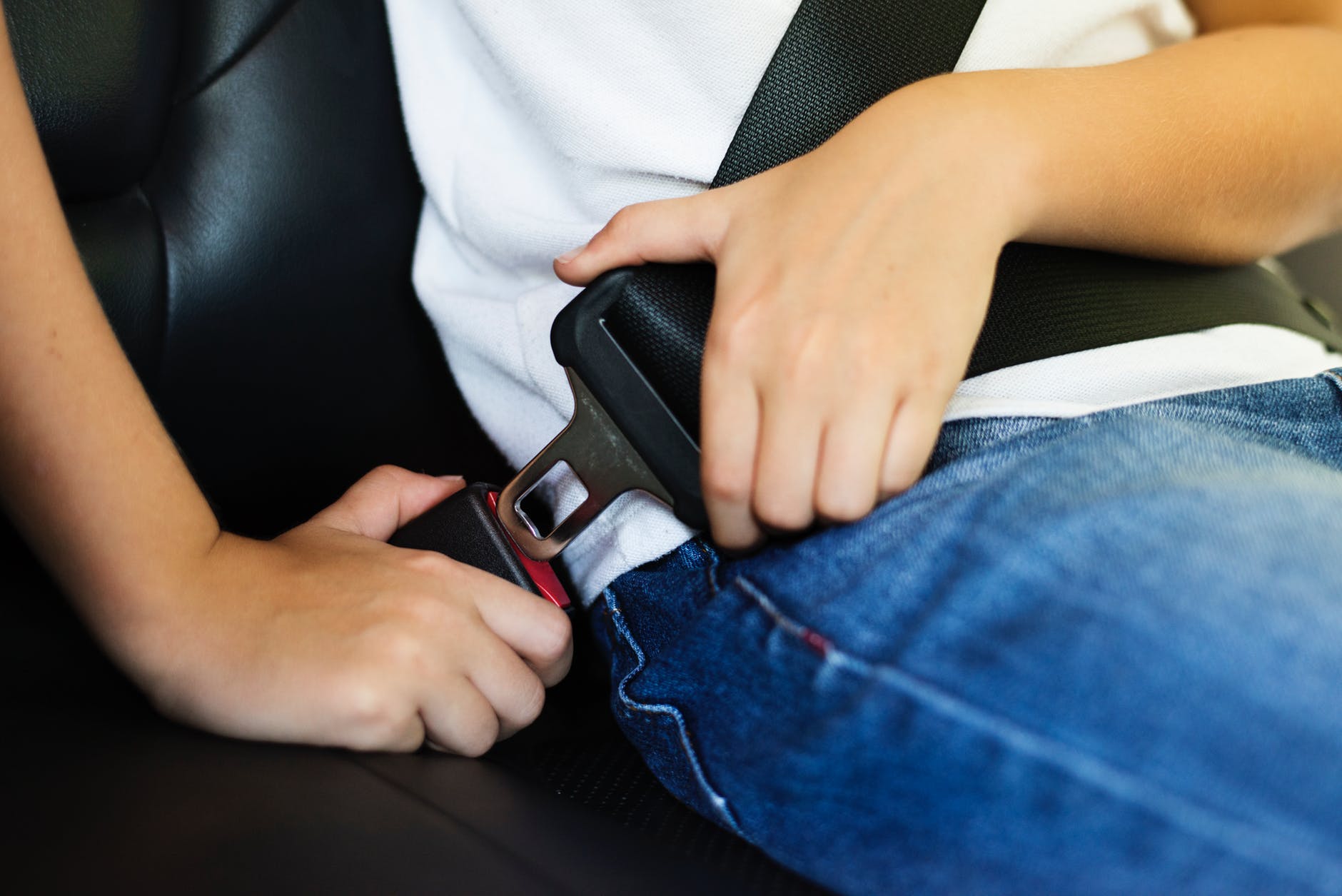As parents, we spend a great deal of time protecting our children from harm. This is true when they are in physical and emotional danger. But, sometimes we forget about the dangers that are involved in our driving and with the number of vehicles on the road. A big question is; Are Airbags Safe For Children?
The car industry has spent a great deal of time and effort to find new ways to protect all passengers in vehicles with safety restraints (seat belts) and with airbags installed in the front and around the sides of vehicles. But, Are Airbags Safe For Children?

Are Airbags Safe For Children?
We have heard stories that airbags can hurt and even kill small children and small adults because of the force of inflation. The goal of the airbag system is to slow the passengers’ forward motion when a front-end crash occurs.
Airbags are made of a thin, nylon fabric that is created as part of the steering wheel and the front dash, as well as the sides (doors) of the vehicles. There is a sensor that is part of this system, and this sensor is designed to detect a crash early on.
This sensor can then trigger a mechanical switch that produces nitrogen gas to inflate the airbags quickly, thus protecting the passengers in the vehicle.
Car accidents are the most common cause of unintentional injury to children. Most car accident fatalities occur among children who are traveling as passenger vehicle occupants.
To reduce your children’s risk of injury in a car accident it is important to teach them to buckle up when riding in someone else’s vehicle.
In protecting our children we have been told for years that children belong in the back seat. Now, this is even more critical with the inclusion of airbags into a vehicle.
Children are lighter than adults and it goes without saying that if they are present in the front seat, even without airbags, a front end crash can throw them about and they could end up through the windshield or side window.

If you step back and look at how vehicles react in a front-end crash, you’ll understand that vehicles stop suddenly when they hit something, but the force of the forward motion inside the car propels the passengers forward. It’s Newton’s law “For every action, there is an equal and opposite reaction.”
The action we are looking at here is the action of a vehicle crashing into something. The vehicle has been in forwarding motion and likewise, the passengers are in forwarding motion.
When the vehicle hits something, maybe another car, a tree, or a wall, the car is forced to stop, but the forward motion felt by the passengers is on-going until something stops them.
The airbags are designed to cushion the forward motion of the passengers, but if the passenger is a child who is seated in the front seat, it is more likely that the child will be seriously injured.

If children are seated in the back, they have a better chance of survival with the front seats protecting them from the glass windows, and the smaller space for stopping their motion without the danger of the hard dashboard or the airbag bursting forward.
Airbags and restraint systems in vehicles have come a long way. But, we as parents need to think about and remember the safety tips of restraining our children in the backseat where they will be more protected and better able to come through a crash.